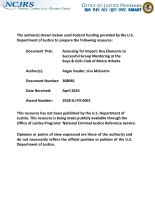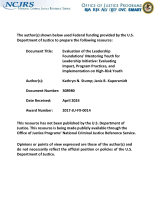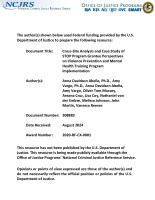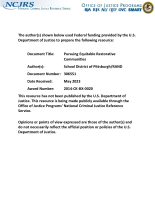What about us? Formative evaluation of forensic nursing program delivery of intimate partner violence medical forensic examinations
15PNIJ-24-GG-01741-NONF
Open
Funding First Awarded
2024
$575,200








